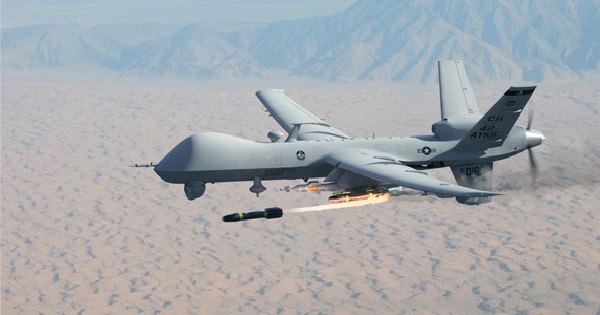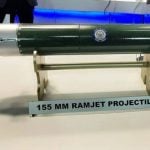Hello, Budding Warriors! After the success of Mars mission Mangalyan and working on the satellite navigation system IRNSS, expected to launch next year, India is all set to make its own stealth combat drones or UCAVs (Unmanned Combat Aerial Vehicles). It will have a new breed of combat drones which will be a boost to ‘Made-in-India’.
This will boost the country’s capability to launch air assaults beyond its borders that will have the ability to fire precision-guided munitions and head back base. The project named Ghatak is waiting for government nod. The Rs. 2650 crore project is expected to get clearance soon.
Project Ghatak was initiated by Defense Research and Development Organization (DRDO) in collaboration with Indian Air Force (IAF) and is expected to take 15 years.
The project comes as a result of successfully completed AURA (Autonomous Unmanned Research Aircraft) program, sanctioned in 2009 at a cost of Rs. 12.5 crores to study the feasibility and make a conceptual framework for future Indian UCAV.
The UCAVs will be powered by indigenously-developed 52-kilonewton dry variant of the Kaveri aerospace engine which was earlier used in the LCA Tejas. The thrust provided by the Kaveri engine was not enough to power Tejas throughout its flight envelope but it is now expected that the Kaveri derivative engine (“dry” engine), without after burner, will provided enough juice to power UCAVs and will also feature ‘flying-wing’ design similar to the US’ B-2 Spirit, a stealth bomber.
The only UCAVs currently in India’s inventory are the Harop UCAVs purchased from Israel. Harop UCAV is different from UCAV that is in consideration with the Indian government since this is a Kamikaze type of aircraft, where the drone itself is the main munition and is designed to self-destuct as it attacks its target.
Even as the government looks to augment the strength of combat drones, it looks like it will eventually have different aircrafts in its inventory, even as DRDO is working on Rustom-2, an indigenous armed drone.
India also uses the Israeli Heron and Searcher-II UAVs for surveillance and reconnaissance for the Indian Army and Indian Air Force in forward areas. UCAVs on the other hand, are more advanced than UAVs, which are likely to revolutionize the war front in the near future itself.
However, it may be atleast a decade before the UCAV takes to the skies to defend India’s borders and engage targets.














